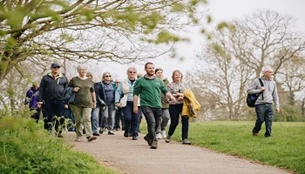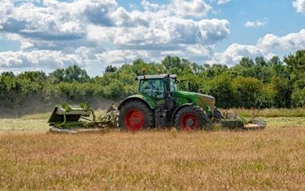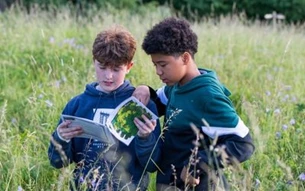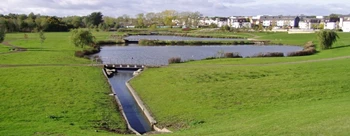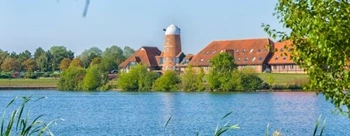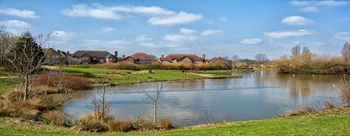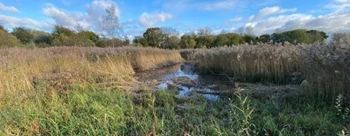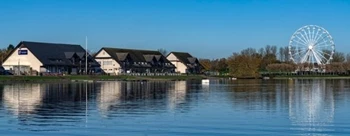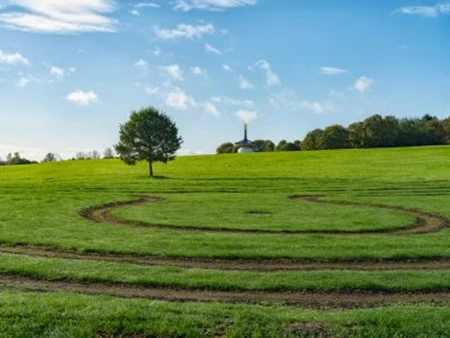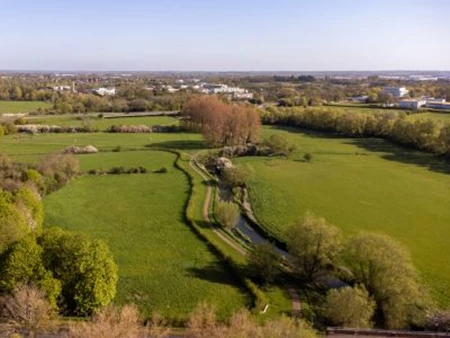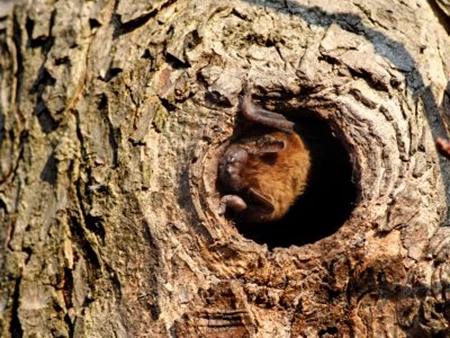Blue-green Algae
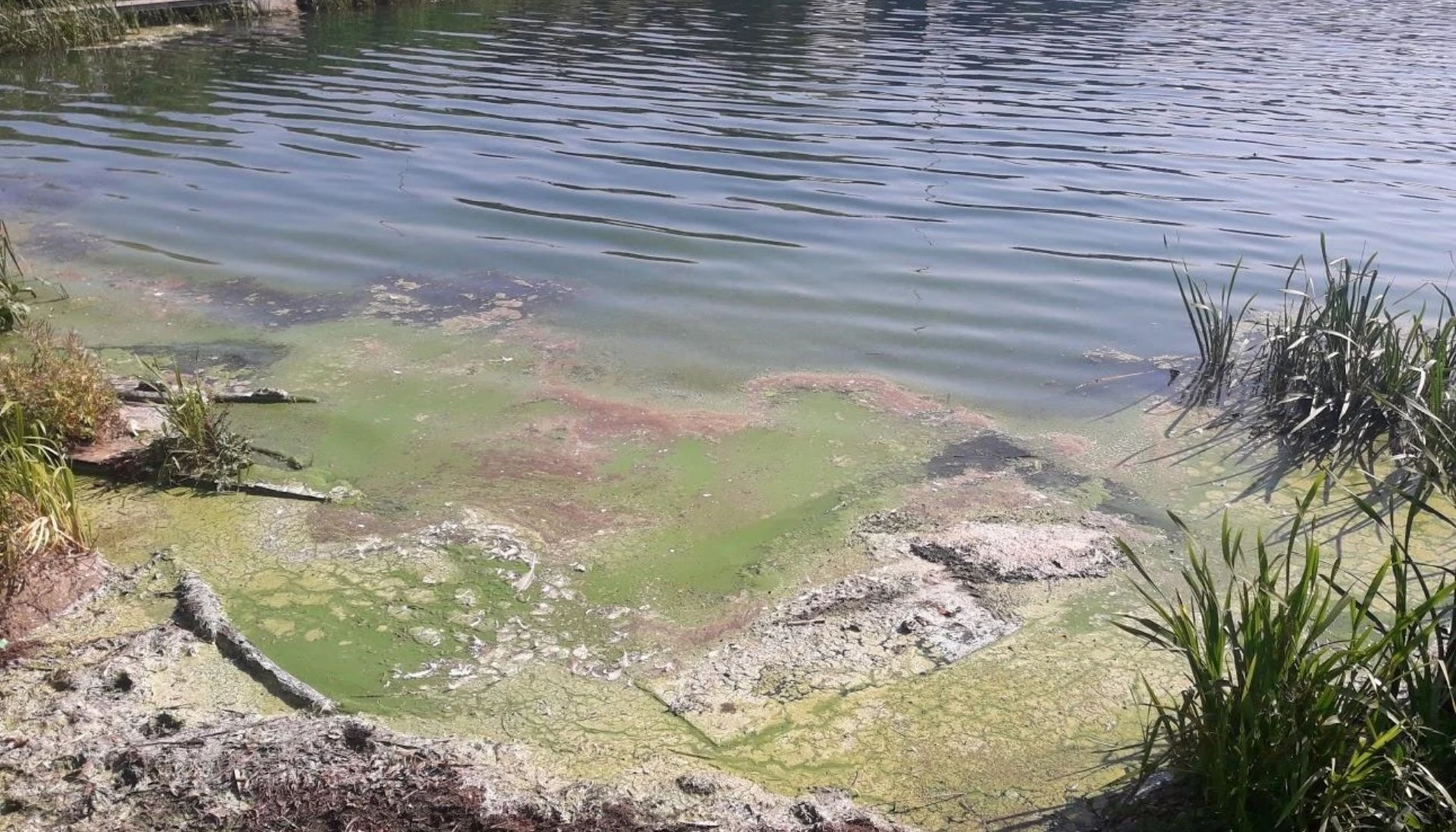
What is blue-green algae?
Blue-green algae is a term used to describe a group of bacteria, called cyanobacteria. They are not actually algae but organisms that clump together in bodies of water that give the appearance of algae.
This type of bacteria is always present in water bodies in low quantities but only becomes problematic when it blooms and clumps together in large areas. When this happens, you’ll be able to see a blue-green scum that appears on the surface of the water or you’ll be able to see green flakes, greenish bundles or brown dots on the water.
Blooms mostly happen in non-flowing fresh water during hot weather and when there’s not a lot of rain, that’s why we see outbreaks at our lakes, but these blooms can also occur at other times of the year.
Is it harmful?
Blooms of blue-green algae at high levels can produce toxins hazardous to people and animals. If you come into contact with water where there is a suspected algae bloom, wash your hands thoroughly before eating, drinking or putting your hands near your mouth. Blue-green algae can cause skin rashes, sickness, stomach pains, fever and headaches in humans.
Do not allow dogs to enter or drink from the water, where there is suspected blue-green algae blooms. Blue-green algae can be fatal to dogs and can also cause long term health issues in dogs that survive drinking contaminated water. Please do note that not all types of blue-green algae are dangerous.
If your dog shows any of the following signs after drinking from, or swimming or paddling in water, contact your vet immediately and tell them you are concerned about blue-green algae:
- Vomiting/being sick
- Diarrhea
- Seizures/fitting
- Weakness/collapse/unconsciousness
- Disorientation/confusion
- Drooling
- Breathing difficulties
Are your lakes monitored for blooms?
We monitor the lakes within our care for blue-green algae particularly where people are licensed to go on or in the water such as Willen Lake or Caldecotte Lake. If we suspect there is a bloom in a certain location, we will attempt to put signage in place, but this can’t always be done due to the sheer volume of water bodies we manage. Blooms can also appear and then disappear in a 24-hour period.
If you think you have spotted blue-green algae in the water and can’t see any signage already in place, please report this to us on info@theparkstrust.com

